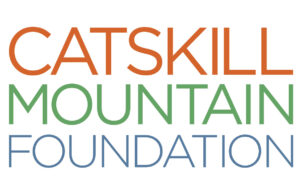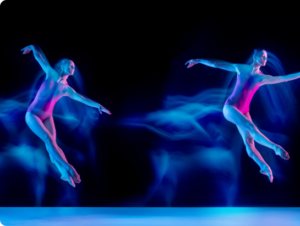“Headliners & One-Liners” celebrates the golden era of the Catskills resorts, highlighting the legendary entertainers, vibrant shows, and cultural legacy of the Borscht Belt. This musical revue brings together stories, comedy, and music that defined mid-20th century upstate New York.
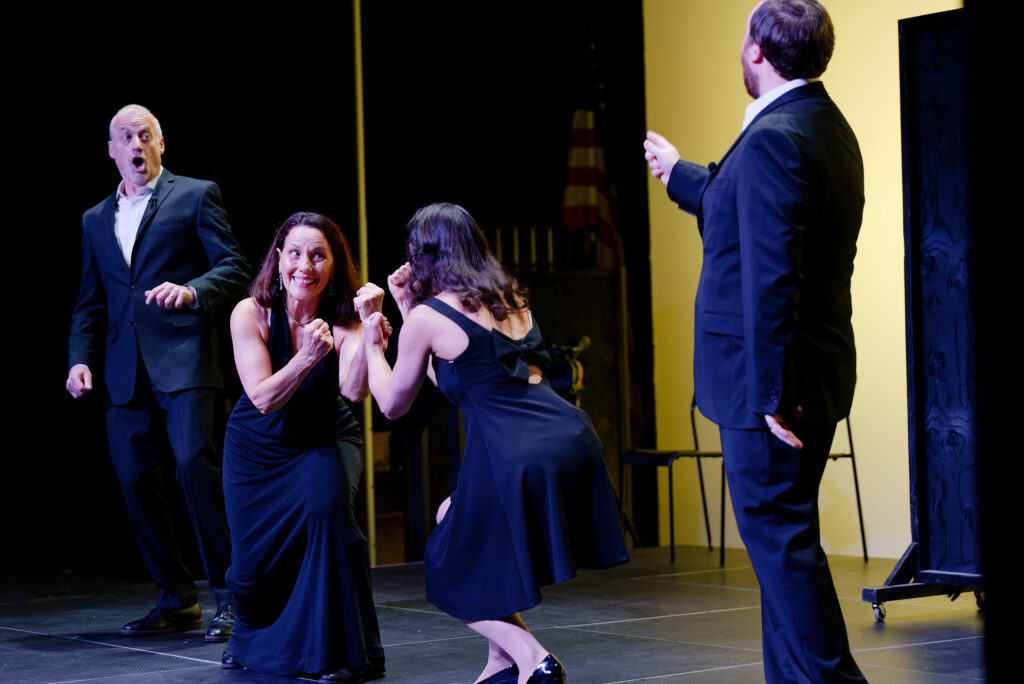
Photo by Phil Merritt
The Rise and Heyday of the Catskills Borscht Belt
Twenty years ago, in May 2005, The Catskill Mountain Foundation presented a brand-new musical revue called “Headliners & One-liners: Songs and Stories of the Catskills Resorts”. The revue was written by Mark Singer, Darcy Dunn and Julia Mendelsohn, who was also the musical director. “Headliners” was the first show created specifically for the CMF, and that first performance in the CMF’s Red Barn was a huge success with a standing room only crowd.
This November 15 at 7pm, “Headliners” is back, this time at the Doctorow Center for the Arts in Hunter. The show’s originators – Mark, Darcy and Julia – will be joined by Emma Green and Mychal Leverage in this nostalgic (and hilarious) tribute to the heyday of the Borscht Belt, when the best entertainers in the world performed at the legendary resorts of the Catskill Mountains.
At the peak of their popularity, there were over 1,000 hotels drawing over one million guests each summer to what came to be known as the Catskill Mountains’ “Borscht Belt”. They offered a full range of accommodations, from the most basic boardinghouse to 100 acre properties with every conceivable amenity that were the height of elegance.
In their heyday, these hotels presented the world’s most vibrant and electrifying singers and comedians. Danny Kaye, Milton Berle, Mel Brooks, Judy Garland, Sid Caesar, Eddie Fisher, Robert Merrill, Tony Bennett…the list of those who performed in the Catskills is a Who’s Who of American pop culture of the 40’s, 50’s and 60’s. But the Borscht Belt resort boom was a phenomenon that lasted less than 100 years from start to finish. The first hotels were simple rooming houses started by Jewish farmers scrambling to get by during the era of World War I. Eventually, the farmers realized they could make more money in the summer renting rooms to overheated New Yorkers than they could tilling the soil, and a legendary industry was born. By the decade following World War II hotels dotted the Catskills landscape, and the largest resorts were among the most famous vacation spots in the nation, competing with each other to build the most extravagant facilities and present the world’s premier entertainers.
The Evolution of Catskills Resort Entertainment
Of course, it was only in their maturity that these resorts were known for glamorous entertainment and the showcasing of the biggest stars. There were several stages in the development of entertainment in the Catskill hotels. It started with the simplest of activities – an afternoon or evening hayride, some excursions on the farm/boardinghouse horses, or perhaps an impromptu performance by some traveling entertainers on the front lawn. By 1920 there were a number of these performers who went from boardinghouse to boardinghouse, entertaining the guests and then passing the hat afterwards.
The Era of the “Toomler” Social Director
As the hotels prospered and expanded in the Roaring ‘20s, their clientele became more demanding. Hotel owners built theaters called “casinos” and started hiring social staffs to keep their guests entertained. At smaller hotels the entire staff might have consisted of a single person, while the larger ones might employ as many as ten, but the key individual was always the Social Director, a performer of limitless energy popularly known as the “Toomler” – the “tumult-maker”.
In the words of Joey Adams, a well-known “Toomler” in his own right, “his job was to keep the guests from getting bored with their card playing, dieting or viewing nature. He had to compensate for the leaking faucets and/or leaky customers…(He) took over all of the activities, day out and day in. He had to sing, dance, tell stories, arrange parlor games, plan hikes, organize community sings at the campfire, kibitz with the fat old women and entertain in the dining room during meals.”
This was the era of the Catskills as the training ground for great entertainers. Milton Berle, Danny Kaye, Phil Silvers, Henny Youngman – they all got their starts as Catskills Toomlers. Starting in the 20s, Social Directors and their staff provided entertainment seven nights a week, often according to a standard schedule: Sunday – Introduction night. New guests arrive and girl meets boy at the resort social. Monday – Campfire night. Community sing, comic recitations, dramatic and poetry readings. Tuesday – Costume Night. “Perennial themes characterized these Tuesday evenings, among them Hillbilly Time, A Night in Old Japan, and a night in old Monmartre.” Wednesday – Amateur Night or Game Night. Guests perform, and the staff gets a bit of a break. Thursday – Nightclub Night. In the words of Joey Adams, “Time for “our ‘intimate night club revue’ – a dreary phrase for a quickie, cheapie, throw-away show designed simply to hold the guests until the week-end.” Friday – Basketball Night. The exhausted members of the wait staff would play against each other or staff from other hotels.
Saturday Night: Broadway and Big Time Shows
The highlight of the week was Saturday Night, when the better resorts would present full productions of Broadway plays and musicals. In 1929 Moss Hart was winding down his career as one of the most sought after social directors in the mountains and was soon to become George S. Kauffman’s writing partner for the Broadway stage. Of that summer he wrote, “As social director of the Flagler Hotel I had arrived for the beginning of the season with a personal staff of about twenty-six people, not including waiters and musicians…The Flagler Hotel had decided to build the finest social hall on the Borscht Circuit. They had built a completely equipped little theatre seating fifteen hundred people, whose electrical switchboard, fly loft and scenery dock compared more than favorably with some New York theatres. It was the pride of the Catskills. Its audience dressed to the hilt for the Saturday night shows. At the height of the season overflow crowds came from other hotels from miles around to see the shows, and a couple of hundred were always turned away.”
The Catskills had entered the big time, but the current system could not last. The resort industry staggered through the Depression, and the cost-cutting hit the entertainment budget as well. Full time social staff were expensive to maintain. Not only did they have to be paid, but they required room and board (owners referred to them derisively as “free eaters”), and the rooms they occupied were obviously unavailable to paying guests. Gradually, the resorts moved to a “booking” system, in which performers were hired for individual shows in the nightclubs and casinos. Eventually, the industry came to be dominated by a few well- known booking agents, the most celebrated being the Charles Rapp Agency, whose namesake was known as the “King of the Catskills”.
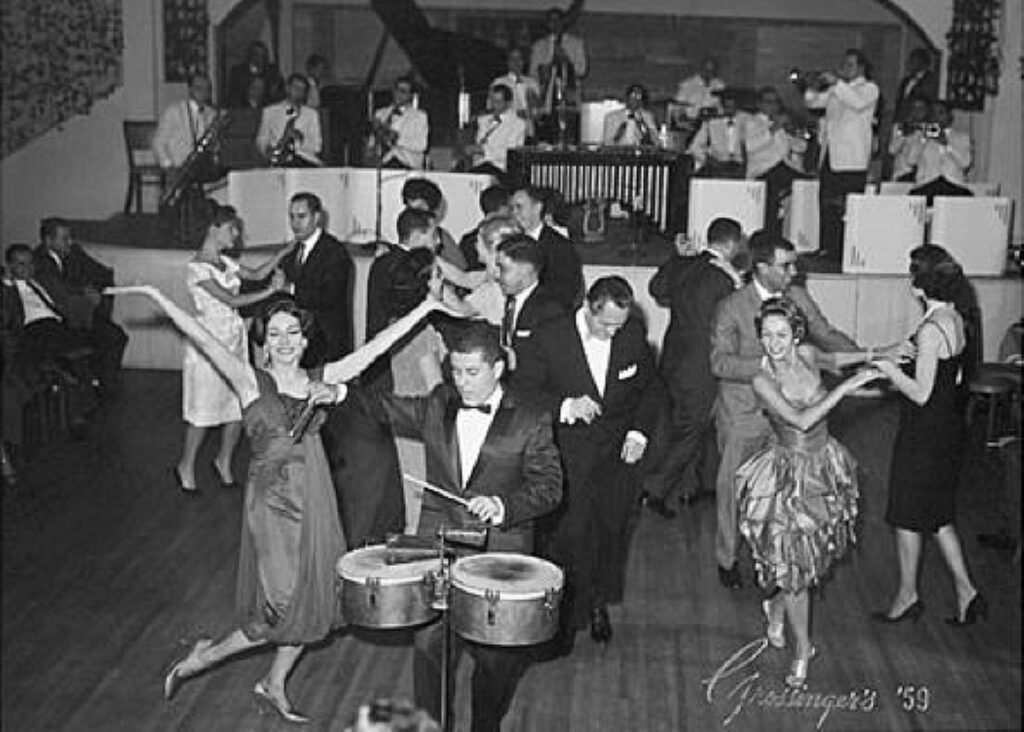
Grossinger’s Resort, 1959
The Booking System and Star Performers
Starting in the late 1930s, Catskills entertainers were often booked to play two or even three shows per night, moving from hotel to hotel as quickly as the back-country roads would allow. Inevitably, this led to problems. Once, when leaving the second show of the night, comedian Freddie Roman’s car went into a ditch, making it impossible to get to the next show on time. In his words, “I got to the third show at a quarter to two. There was nobody left. The owner of the hotel, at a quarter to two, got onto the public address system: “He’s here! I told you I booked a show! You bastards, you thought I didn’t book a show! I booked a show and he’s here!” And sure enough, like little mice, they came back. And at 2:15 in the morning I went on, till 3 o’clock.”
In the post-war years the Castkills were at the height of their popularity. Elegant nightclubs were built with names like The Cotillion, The Imperial, The Wedgewood, and The Terrace, while the biggest resorts like Grossinger’s and particularly The Concord competed to present the biggest names in entertainment. By now the weekend shows featured comics, singers and a dance show, all backed by an in-house orchestra. On any given weekend you could find performers like Steve and Eydie, Jerry Vale, Dean Martin, Don Rickles and Tony Bennett in the Borscht Belt, and some performers became associated with specific resorts, like Eddie Fisher at Grossinger’s, and Jerry Lewis with Brown’s. The Catskills were a place to relax, to be entertained, to see and be seen, and the resorts kept building and paying in an effort to stay on top. And the audiences were becoming ever more demanding. As one comedian described the scene, “If an act bombed, if the audience thought the performance wasn’t any good, people would start walking out. There’d be a one-door exit if an act was fair. Then two doors, three doors. Ray Charles was a three-door exit act. Maybe he was too hip. Sandra Bernhard insisted on performing at the Concord without an opening act. She was insulting, dirty and hostile. She set a record. An eight-door walkout.”
The Legacy and Decline of Catskills Resorts
Even at their peak, as the 50s turned into the 60s, the Catskills resorts were faced with their imminent decline. They simply could not compete with the changes that came with the easy availability of air travel and the advent of legalized gambling, and the sudden accessibility of first, Miami and Las Vegas, and later the Caribbean and Atlantic City. By 1970 the smaller hotels were disappearing in droves, while the larger ones were desperately looking for new ways to attract guests. Even the largest could not make it work. Grossinger’s closed in 1986, and The Concord lingered until 1998. When they finally departed the scene, they left behind a rich entertainment legacy, and for thousands of people, many warm memories of a special time and place.
Revisit those days when singers like Judy Garland, Sammy Davis Jr. and Dean Martin; and comedians like Jerry Lewis, Jackie Mason and Billy Crystal were regulars on the Catskills comedy circuit. “Headliners” has the stories, the laughs and, most significantly, the glorious music of Richard Rogers, Burt Bacharach, Cole Porter, Kurt Weill, Harold Arlen and many others, that made the mid-20th century upstate era such an artistically extraordinary time and place. November 15 will be an evening of theatrical enchantment guaranteed to evoke fond memories, wide grins and toes tapping with uncontrollable delight. Don’t miss this celebrated show—reserve your free tickets and find more information on the performance details and venue.
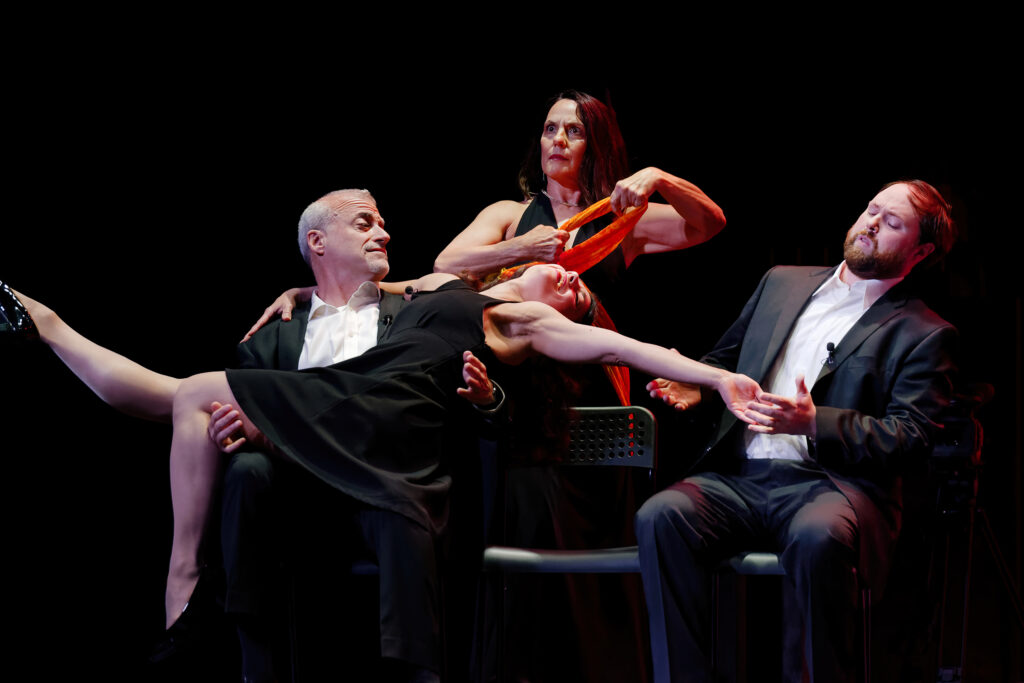
Photo by Phil Merritt
Want to Discover More Exciting Catskills Events?
Don’t miss this unforgettable evening of Catskills entertainment history! Reserve your free tickets now at catskillmtn.org and explore all our fall shows and upcoming performances.
